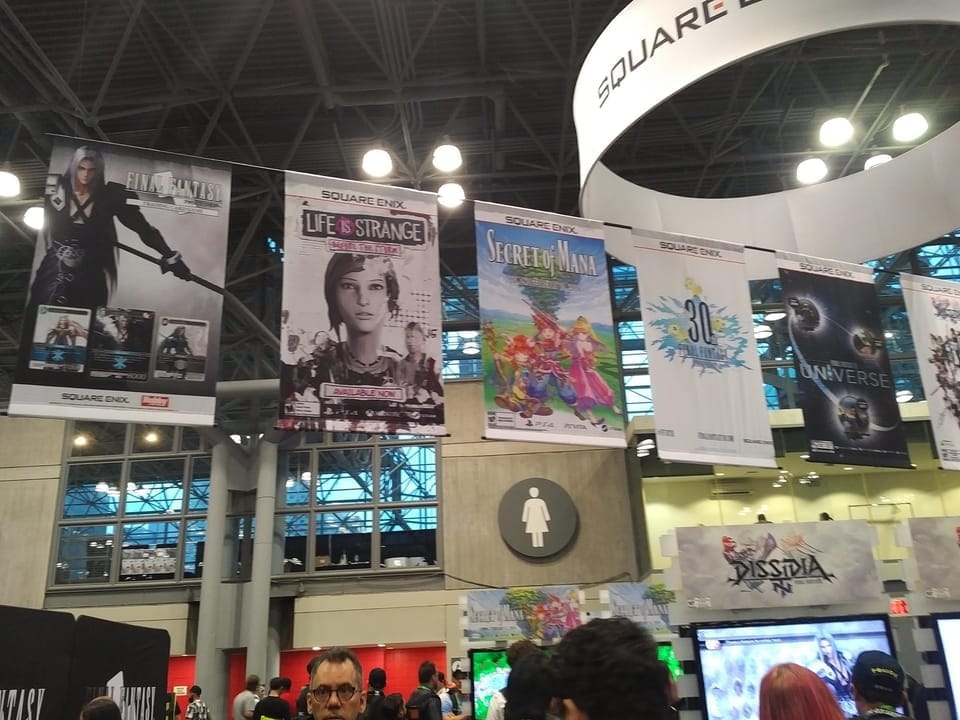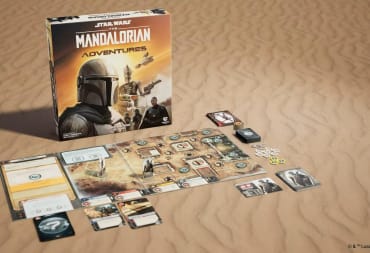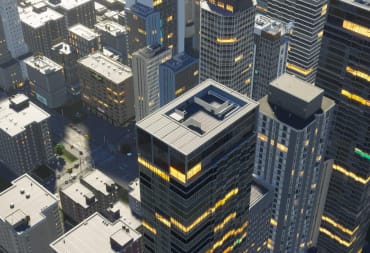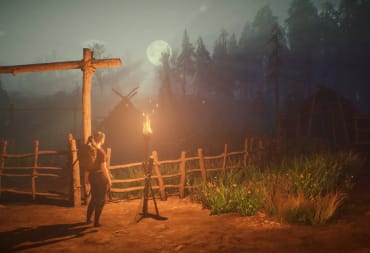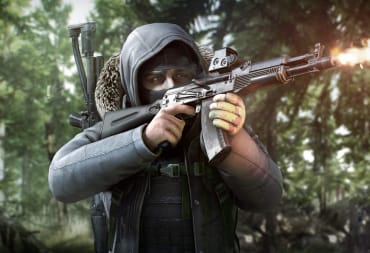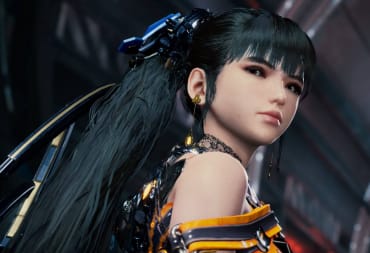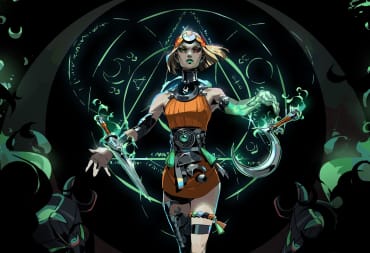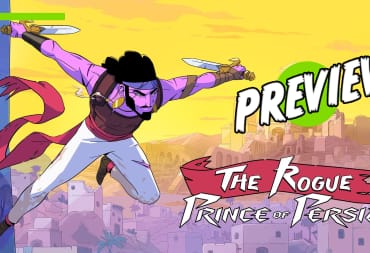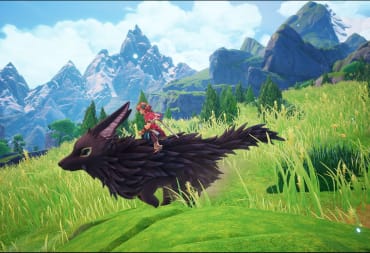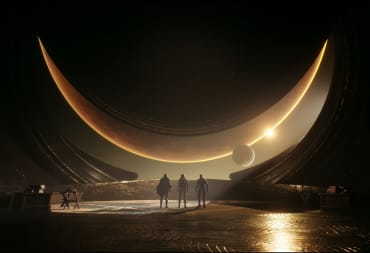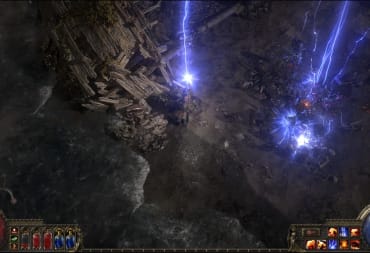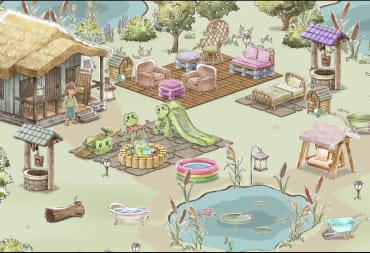When I stopped by Square Enix at New York Comic Con I had the chance to check out and demo a few of their upcoming games, including Rise of the Tomb Raider for Xbox One X, Dissidia Final Fantasy NT, Lost Sphear and Secret of Mana. I also got to sit down and chat with Rich Briggs of Crystal Dynamics to discuss Rise of the Tomb Raider.
Rise of the Tomb Raider, sequel to 2013’s Tomb Raider reboot game, was originally released in 2015 for Xbox One and Xbox 360 and then released in 2016 for Microsoft Windows and PS4. With the improved technology and visuals in the time since the game has been released, not to mention the updates to the Xbox One and the release of the Xbox One X, it seemed like a good time to release an update. While this is still the same Rise of the Tomb Raider game and the same storyline, there are many visual changes and enhancements that were made for the new edition that I got to see first hand in my demo.
Three visual modes are now available: Native 4K, Enriched Visuals, and High Frame Rate. As Briggs explained, these can all be used interchangeably and starting a game in one mode doesn’t preclude the player switching if they change their minds. It was a great experience getting to sit down and play through part of the game while accompanied by someone who knows exactly what the changes are. Though I will admit I’m not usually a big visual person, due to having grown up in the 90s and remembering those games, the changes to Rise were impressive. In addition to updates for the Xbox One X like improved texture resolution and anti-aliasing, the game also features improved volumetric lights and reflections, better polygonal and foliage detail, and amplified texture filtering.
Perhaps the best part of these upgrades is the fact that they are free for anyone with an existing version of the game who chooses to upgrade to the Xbox One X, rather than being forced to pay for an entirely new copy. These new enhancements will roll out on November 7.
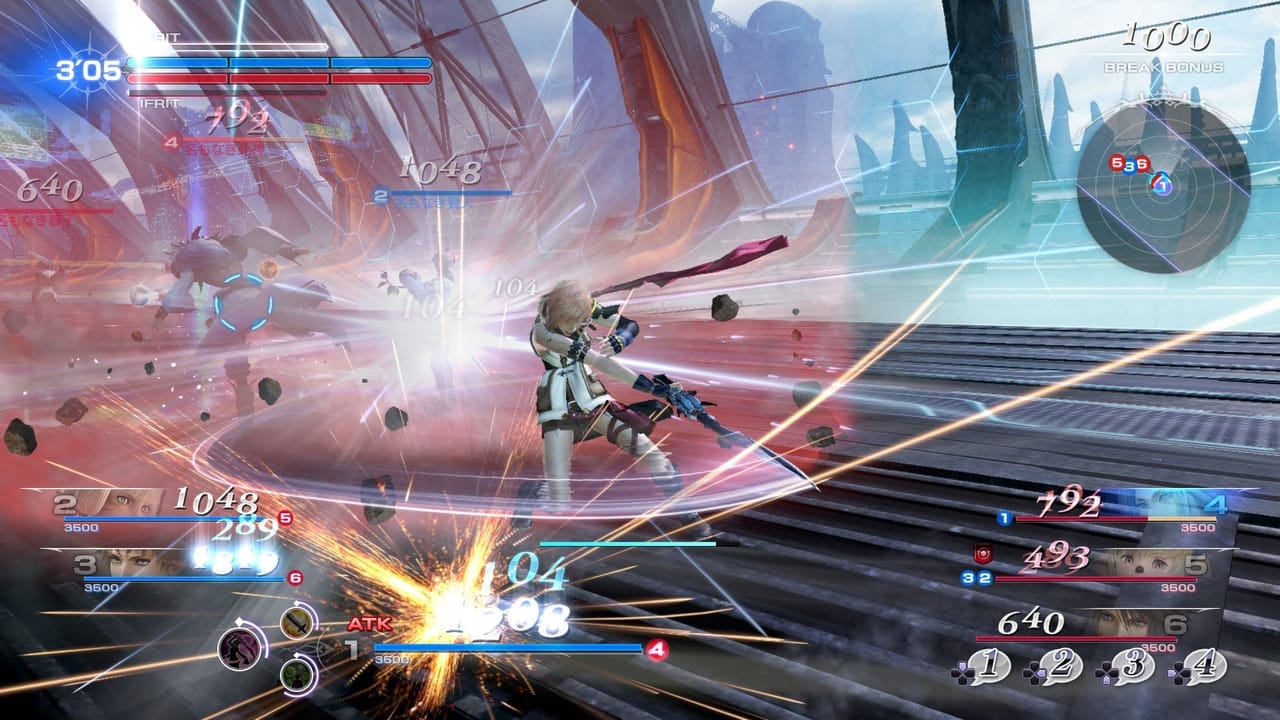
After my experience with Tomb Raider, I was ready to try my hand at Dissidia Final Fantasy NT, which was admittedly the game I was most excited to try. First I played through a few rounds with other people and fared rather poorly, but after a few rounds of playthrough with the AI, I found I was much improved. Dissidia NT is a game that most people are probably not going to get the hang of right away, if nothing else there is a lot of information on the screen at once and it takes some getting used to. Even my fellow players who were huge fans of the original Dissidia or more proficient in fighting games had some trouble getting the knack of it at first, but once you get the rhythm down, it’s a much more comfortable playthrough experience.
The summoning mechanic still felt a bit awkward to me, but it is a group summon for your team, which can be very helpful. Teamwork itself proved essential to winning the game when facing off against real live opponents, and picking the right skillset and having an idea of a strategy going into the game was also very helpful. From Specialist to Assassin to Marksman, each character was separated into a different class and each class had different strengths and weaknesses. I personally found playstyle to be a challenge, as I was what could be classified as “embarrassingly bad” playing as Tidus but quite decent as Terra and Lightning. Overall, there are enough changes from a standard 3v3 brawler to attract not just Final Fantasy fans but other fans of the genre and enough to present a challenge. Dissidia Final Fantasy NT will be released on PS4 January 30, 2018.
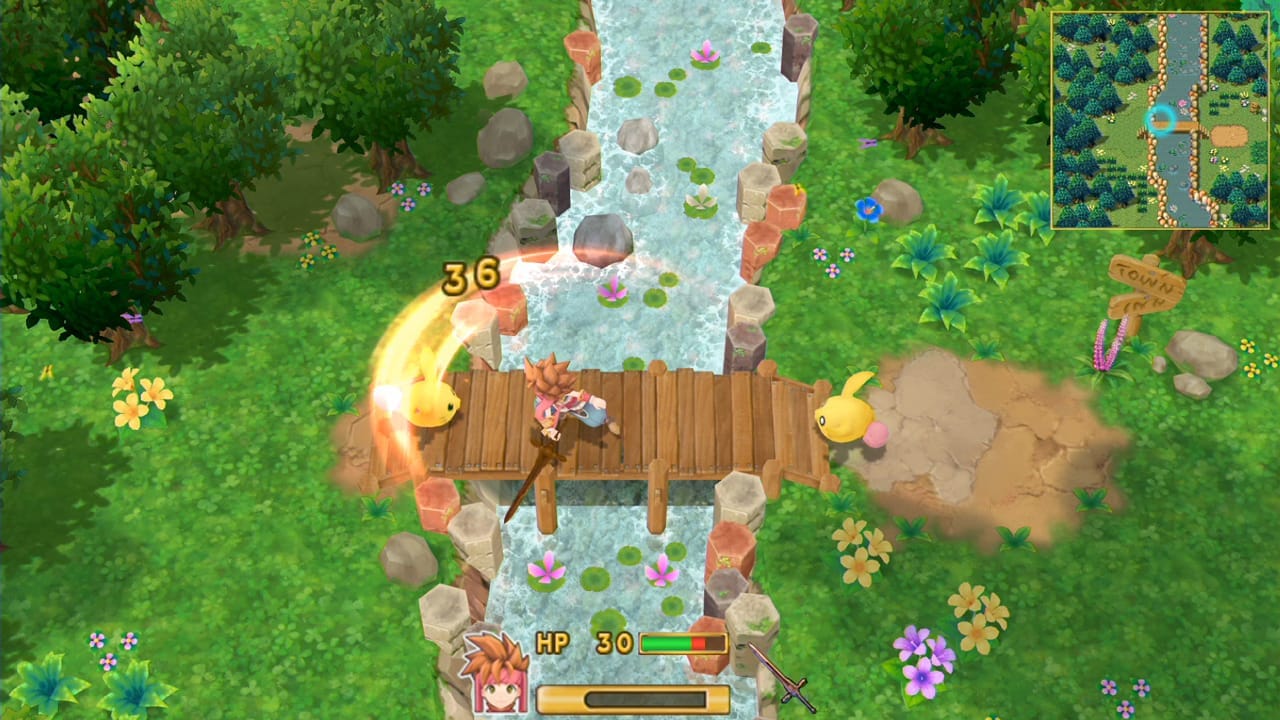
Square Enix’s updated re-release of Secret of Mana was another game I was looking forward to. Not having played the original myself, but knowing friends of mine are enormous fans and knowing how revered in the genre the series has become, I was expecting great things. Unfortunately, the game just didn’t deliver.
Secret of Mana was basically a showcase of everything bad about remakes. While on the surface it boasts everything it should – updated 3D graphics, full voice acting, an enhanced musical score and reworked gameplay – these were all done in the precisely wrong way. For starters, the game was just plain ugly. The attempt to keep almost the exact same color palette as the original was sorely off base, as garish and lurid pink hues were everywhere, looking unnatural and out of place in a time when we have 4K resolution and a whole host of colors to choose from, not just 64. If the colors weren’t enough to put you off, the unblinking eyes and creepy, Stepford-smiler mouths would be the thing to do the trick. Even when characters are speaking, their mouths don’t move with the dialogue, and as their face can be front and center in the screen, it ends up just looking awkward. Additionally, the pixel mini-map in the top right corner of the screen feels off when the rest of the game is indeed rendered in full 3D. It looks like that one part of the screen simply missed the memo on the upgrades. Luckily for it, the mini-map was the prettiest thing on there.
Just as bad as the atrocious graphics was the voice acting. Nearly reaching infamous 4Kids levels of badness, the acting went from “Passable,” to “Oh god this is laughably awful,” real quick but it didn’t stop there and decided to go ahead and ram full-on into “This is so bad I can’t even laugh anymore, I just want to take the headset off.” If possible, I would recommend playing with Japanese audio and English subtitles. It was THAT bad. Did I hear the Japanese audio? No, but I assure you it can't be worse. Every line of dialogue felt awkward and unnatural, the delivery was bad all across the board, rather than being pegged to just one character, which makes me suspect that the person at fault is actually the voice director, rather than the actors themselves. No character had any convincing emotions, which made it hard to take the story seriously despite the fact that the demo goes through the first part of the game which has what ought to be some fairly serious moments in it.
Secret of Mana is being released for PS4, PS Vita and Steam on February 15, 2018.
My other demo at Square Enix was such an unexpected gem of a game that it more than made up for my disappointment in Secret of Mana. Lost Sphear is from the creators behind 2016’s JRPG I am Setsuna, and utilizes many of the same themes while giving them a new twist and improving on some of the common player critiques from their first game. I had never played I am Setsuna, so I wasn’t sure what to expect from Lost Sphear when I jumped in and was very pleasantly surprised.
The tone of Lost Sphear greatly reminded me of The Legend of Heroes Trails in the Sky, it starts out with a very similar atmosphere. Small town, everyone knows the two (or in this case three) protagonists, and while the world is clearly not without its challenges, it leans more away from grim darkness than towards it. Lost Sphear gets the plot started much more quickly than Trails in the Sky as after going on an errand for the village elder, Kanata, Lumina and Locke return to the village to find it, or rather not find it. Large chunks of their world have started to go missing, and so begins their epic adventure quest to use the power of Memory to restore the world.
Lost Sphear is charming, with interesting characters and an intriguing premise that you’re launched into fairly quickly, as well as lots of shiny sparkles to show you where objects to pick up are. The combat system also features a hybrid of typical turn based combat as well as the implementation of strategic movement to give it a different challenge. Lost Sphear is available for Nintendo Switch, PS4 and Steam and is scheduled to be released January 23, 2018.
Previews you can trust: To ensure you're getting a fair, accurate, and informed review, our experienced team spends a significant amount of time on everything we preview. Read more about how we review games and products.
Have a tip, or want to point out something we missed? Leave a Comment or e-mail us at tips@techraptor.net
